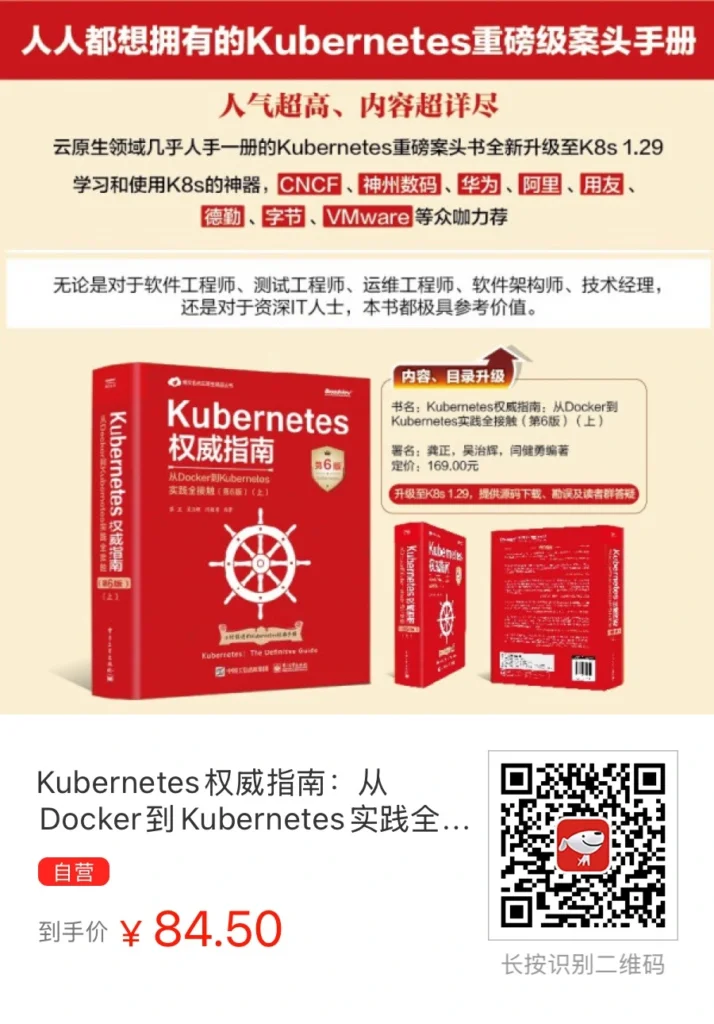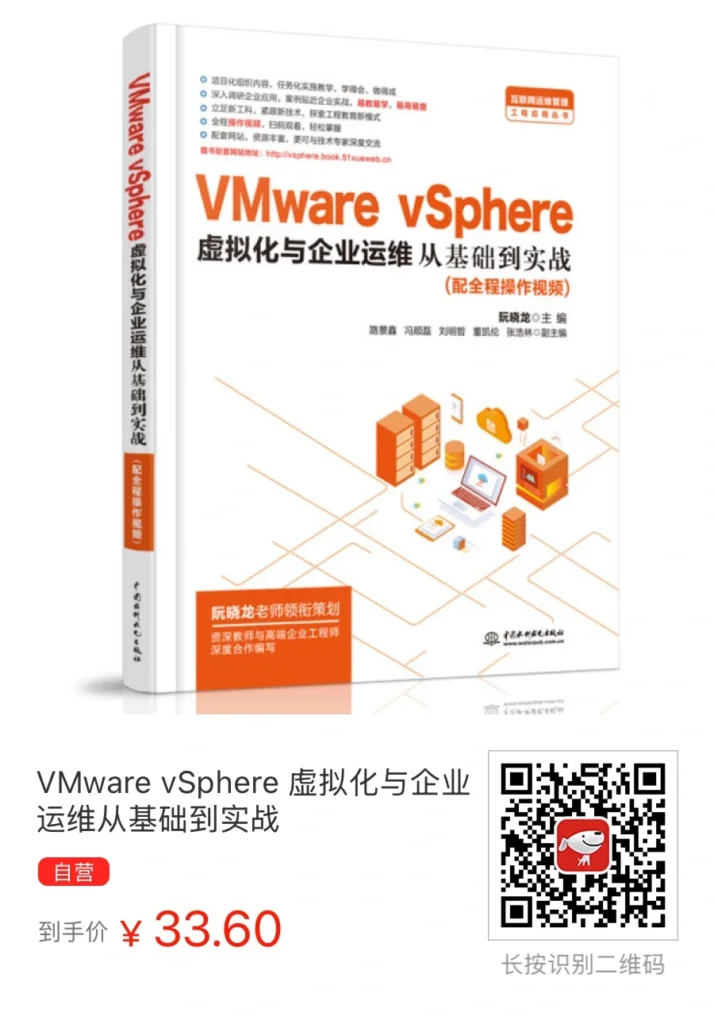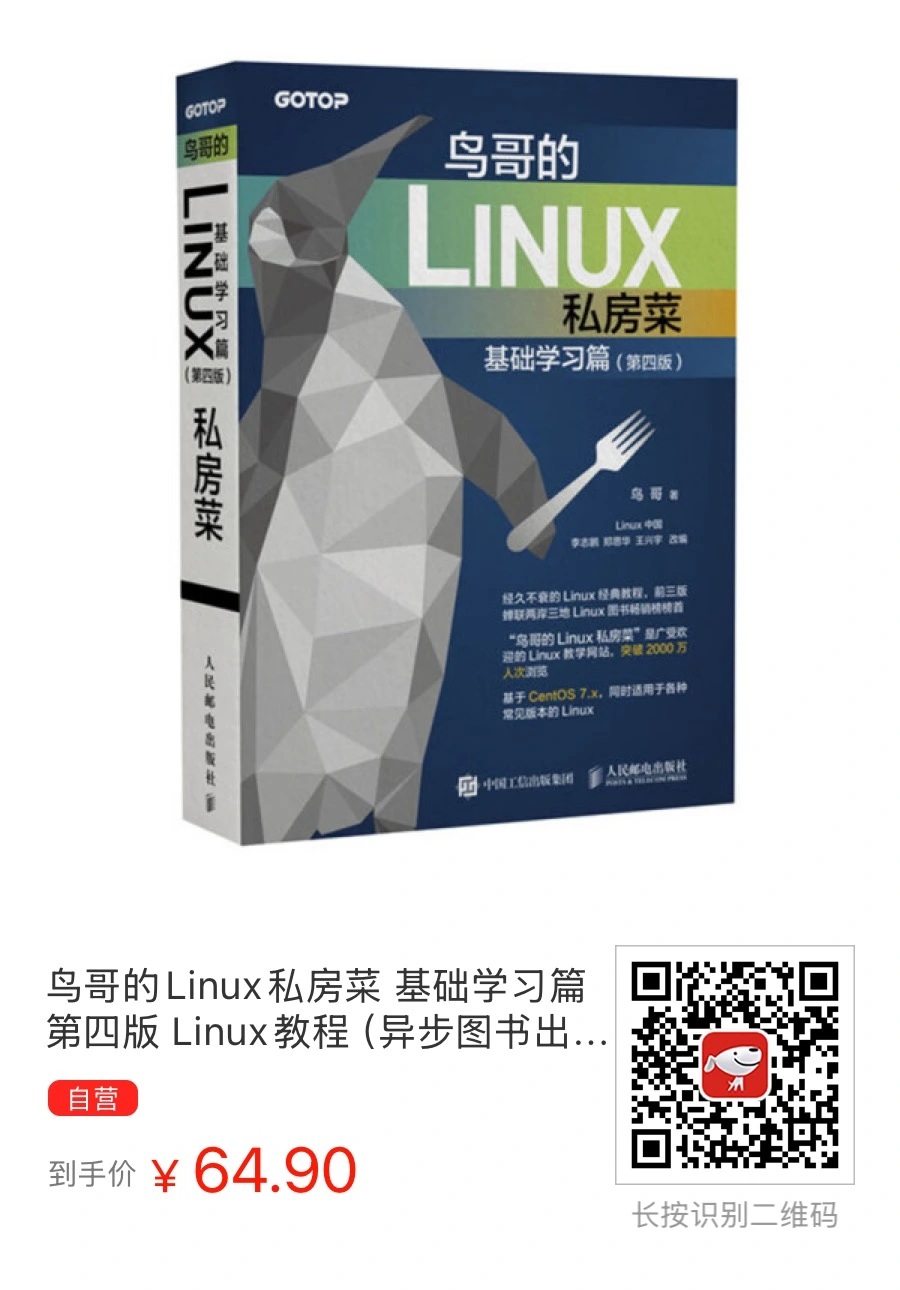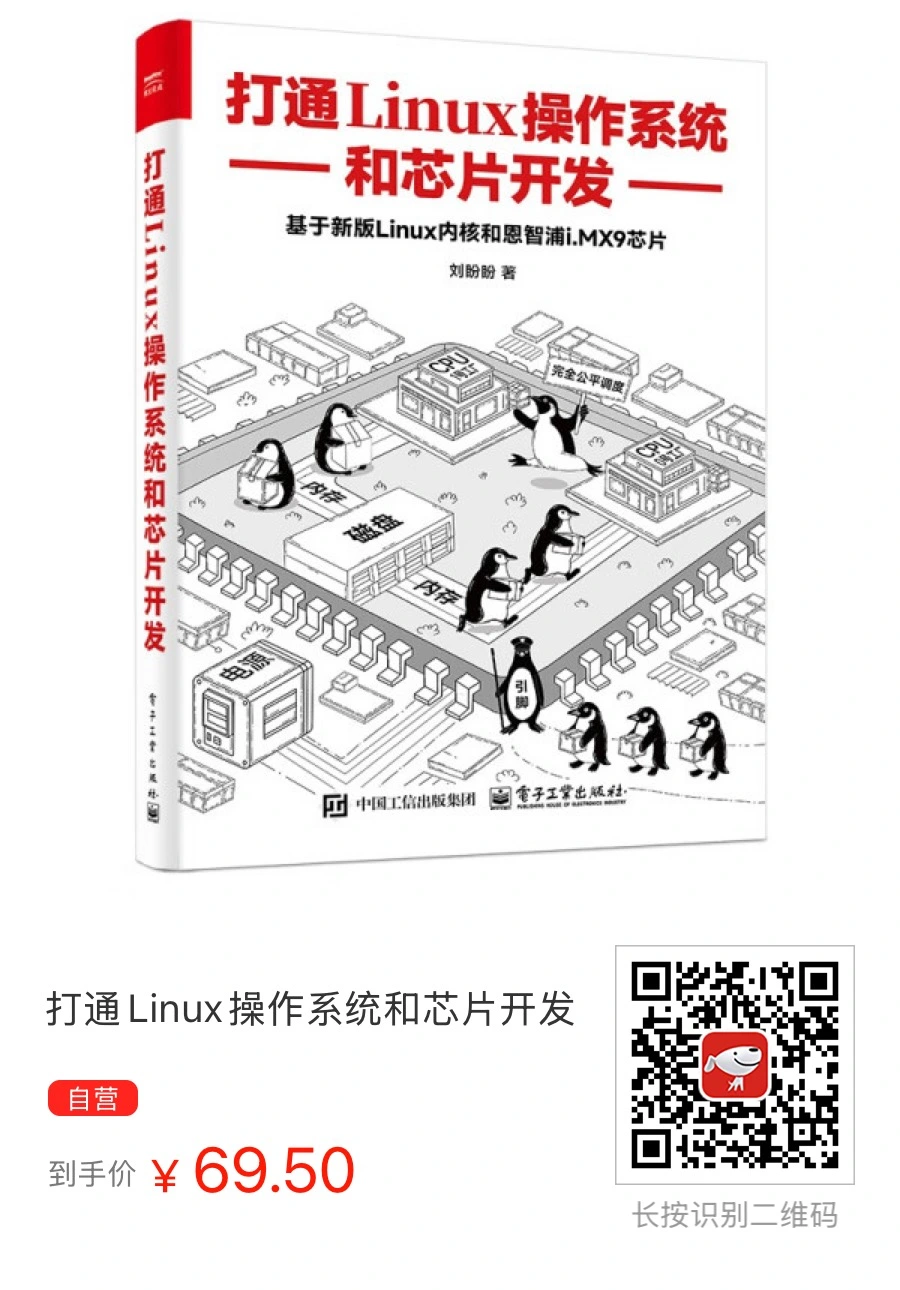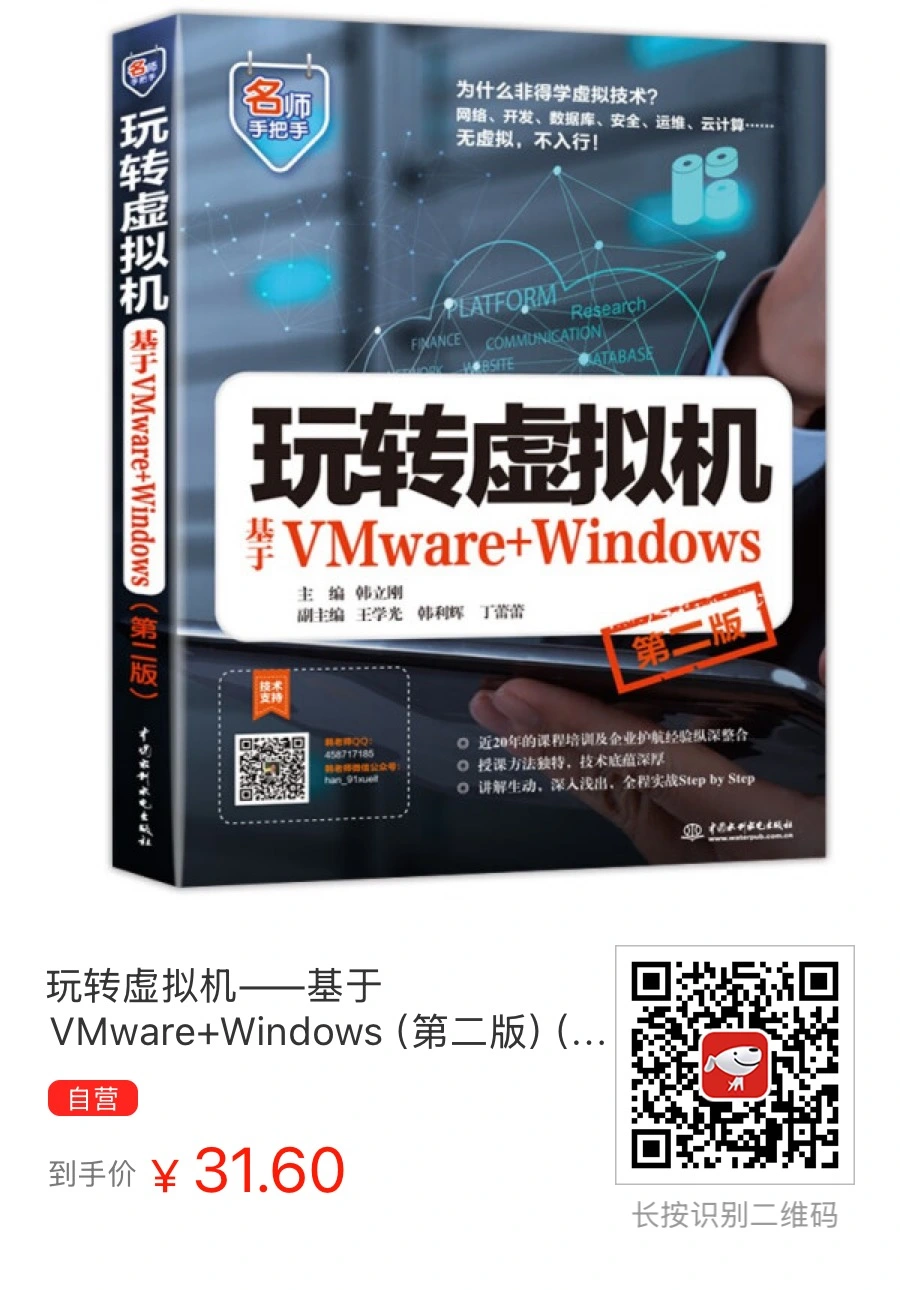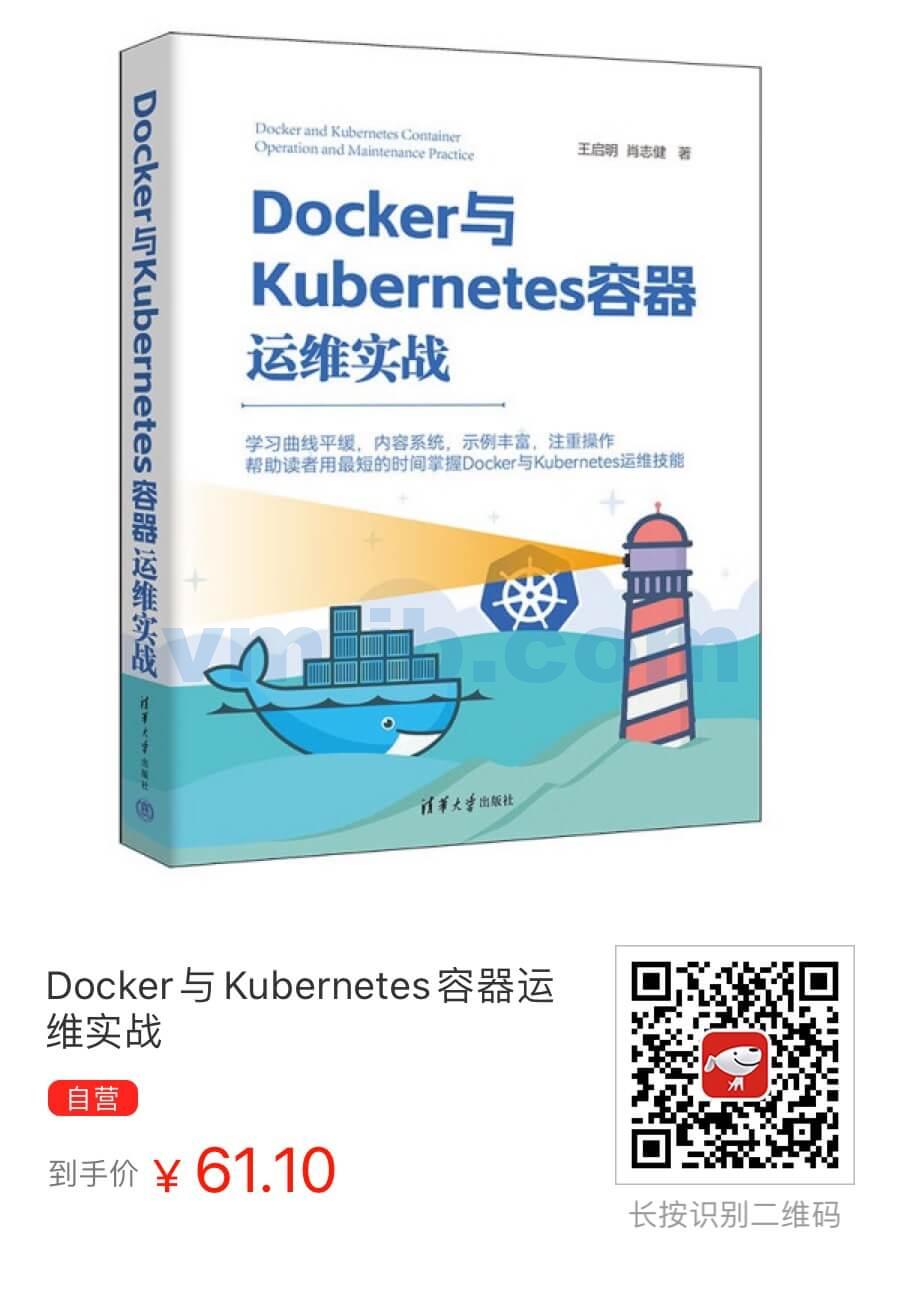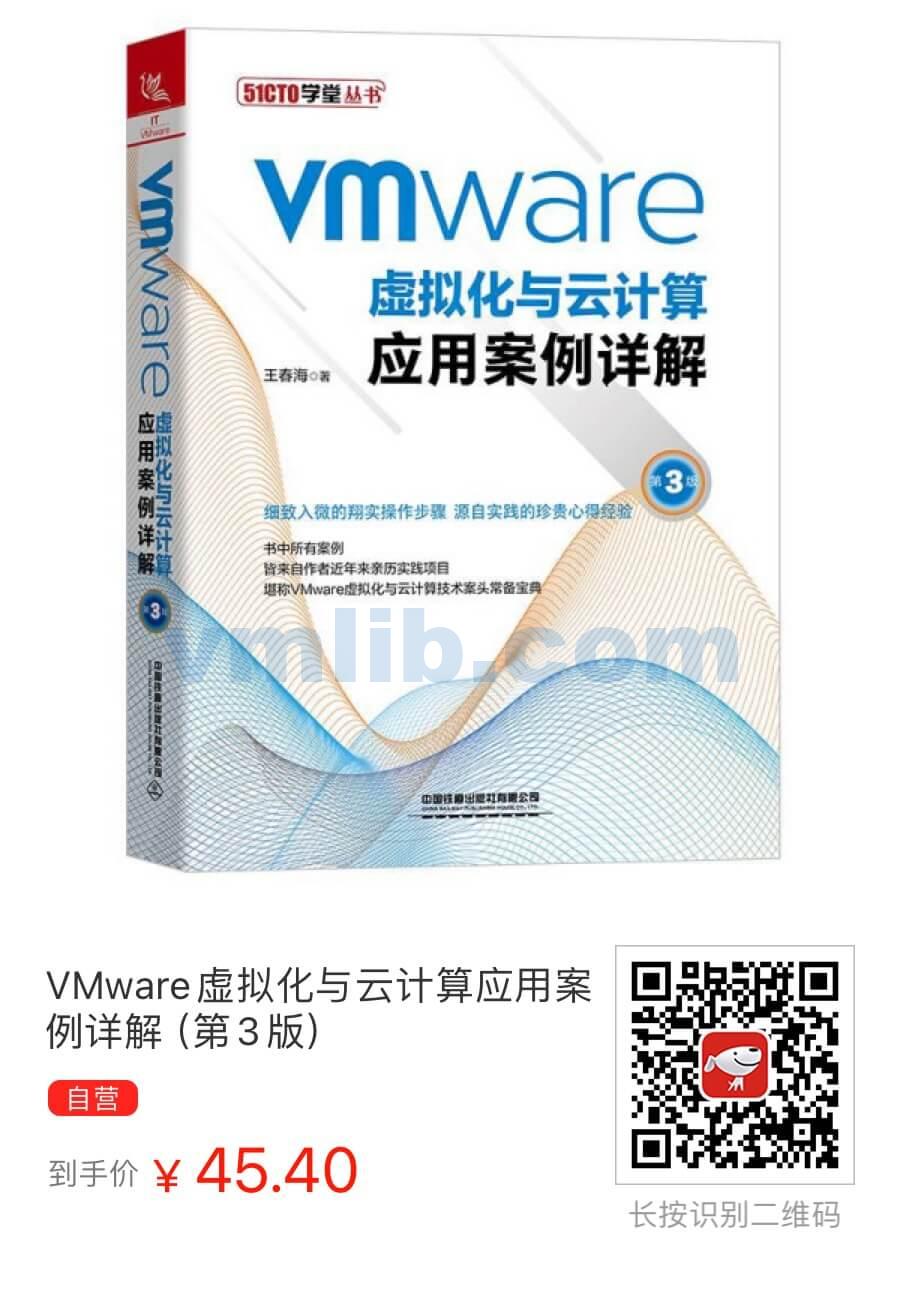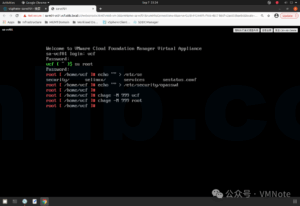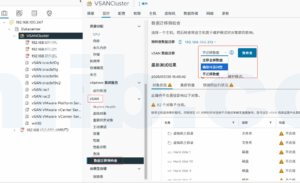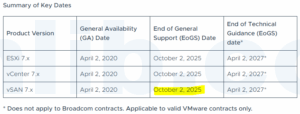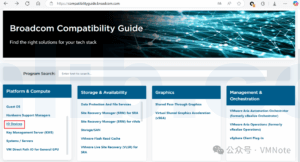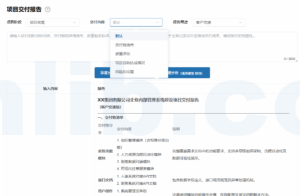To study for VMware HCI Master Specialist Exam | vSAN认证考试题目学习
61. An architect has been tasked to deliver a higher availability of the current deployed VMware vSAN Stretched Cluster infrastructure. The new design should incorporate three different sites that can run workloads in case of a failure.
Which product should the architect add to the design to meet these requirements?
- A. VMware Site Recovery Manager
- B. VMware vSphere Replication
- C. VMware Tanzu
- D. VMware Horizon
Explaination:
The architect should consider adding “VMware Site Recovery Manager” (Option A) to the design to meet the requirements of higher availability for the VMware vSAN Stretched Cluster infrastructure across three different sites.
VMware Site Recovery Manager (SRM) is designed specifically for disaster recovery and business continuity solutions in a virtualized environment. It allows for the orchestration of recovery plans, ensuring minimal downtime and maximum data integrity in the event of a site failure. SRM would enable the architect to create recovery plans that can be executed in an automated way in case of a failure, ensuring that workloads can continue to run seamlessly across the three sites.
The other options, while useful in their respective fields, do not directly address the requirement of higher availability across multiple sites:
- VMware vSphere Replication (Option B) is a data replication solution for vSphere environments, primarily used for data protection and migration. It doesn’t provide comprehensive site recovery management.
- VMware Tanzu (Option C) is a suite of products for building and managing modern applications but does not specifically address the high availability and disaster recovery of infrastructure.
- VMware Horizon (Option D) is a virtual desktop infrastructure (VDI) product that allows for the deployment and management of virtual desktops and apps, which is not directly related to the availability of vSAN Stretched Clusters.
Therefore, VMware Site Recovery Manager is the most appropriate choice for enhancing the availability and resilience of the vSAN Stretched Cluster infrastructure across multiple sites.
61. 一位架构师师被委托提高当前部署的VMware vSAN Stretched Cluster基础设施的可用性。新设计应该包括三个不同的站点,在发生故障时可以运行工作负载。
这位建筑师应该向设计中添加哪种产品以满足这些要求?
- A. VMware Site Recovery Manager
- B. VMware vSphere Replication
- C. VMware Tanzu
- D. VMware Horizon
解释:
建筑师应该考虑将“VMware Site Recovery Manager”(选项A)添加到设计中,以满足VMware vSAN Stretched Cluster基础设施在三个不同站点的更高可用性需求。
VMware Site Recovery Manager (SRM) 是专为虚拟化环境中的灾难恢复和业务连续性解决方案而设计。它允许编排恢复计划,确保在站点故障发生时最小化停机时间和最大化数据完整性。SRM 使建筑师能够创建在故障发生时可以自动执行的恢复计划,确保工作负载可以在三个站点之间无缝运行。
其他选项,虽然在各自领域有用,但并没有直接解决跨多个站点的更高可用性需求:
VMware vSphere Replication(选项B)是vSphere环境中的数据复制解决方案,主要用于数据保护和迁移。它不提供全面的站点恢复管理。
VMware Tanzu(选项C)是一套用于构建和管理现代应用程序的产品,但并没有特别解决基础设施的高可用性和灾难恢复。
VMware Horizon(选项D)是一种虚拟桌面基础设施(VDI)产品,允许部署和管理虚拟桌面和应用程序,这与vSAN Stretched Clusters的可用性直接相关。
因此,VMware Site Recovery Manager 是提高vSAN Stretched Cluster基础设施在多个站点的可用性和弹性的最佳选择。






 VM技术助理
VM技术助理
